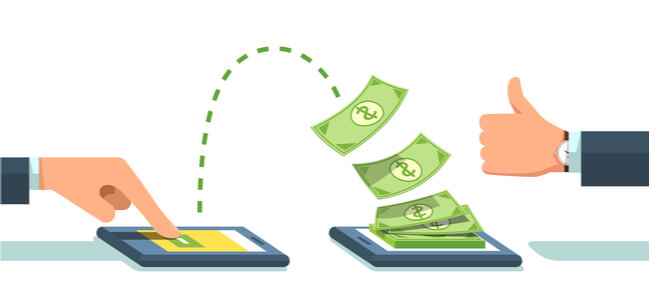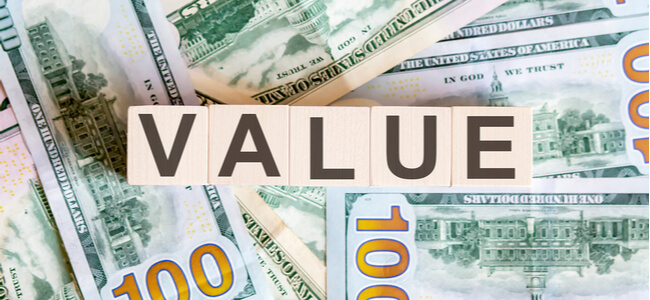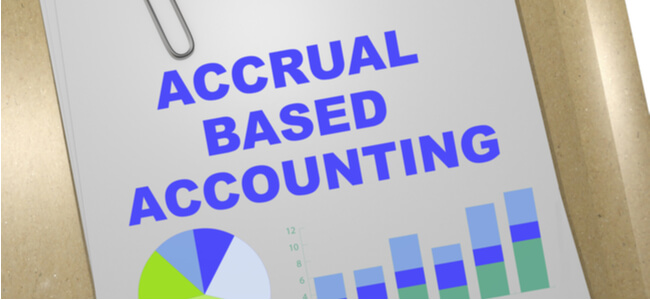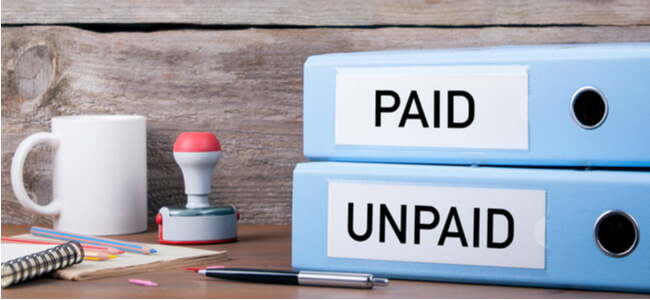What Is A Purchase Order Number And How Does It Work?

It's overwhelming to wrap your head around all the various kinds of accounting that’s involved in running a business. Hiring a bookkeeper or the services of an accounting firm may not always be the most realistic option either. The best thing you can do is learn a few basic terminologies. The purchase order number is one of these.
What Is A Purchase Order (PO)?
To understand the purchase order (PO) number, you’ll want to first ask yourself what is PO. A purchase order is a document issued to a vendor (supplier) by a purchaser to authorize the purchase of a definite number of goods or services. A purchase order number is a unique number assigned to a purchase order. This is the number that both parties refer to for all future transactions related to this order.
A PO is an important legal document that ensures a smooth and authentic transaction between buyers and sellers.
It’s always best to accept orders in black and white than accepting them verbally. This is because, in case of a dispute, both parties can go back to the order (via the number assigned) and move quickly towards invoice reconciliation.
A purchase order number ensures the processing of your invoice on time. With the same corresponding number in place, deliveries and invoicing have fewer chances of being mismatched and meeting delays.
What Information Must A Purchase Order List?
These documents come in various acceptable formats. However, there are some common elements that all purchase orders must list. These include:
- PO number
- Date of order
- Name of vendor along with their billing address
- Name of the buyer along with the shipping address
- Phone number and email address
- Date of delivery
- Terms of shipping
- Method of shipping
- Item description (name, units, and price)
- Total price
- Taxes
- Terms of payment
How Do You Issue A PO?
A typical transaction via purchase order will involve the following steps.
- Even in a small or medium-sized business, placing an order is the responsibility of the purchasing department. The management notifies this department of any purchases that are needed to be made. Businesses can also issue a purchase requisition form for this purpose
- After seeking approval from the relevant authorities, the department fills out a PO. This will list out all necessary information about the items needed to purchase
- Once the PO is dispatched, it’s up to the seller/vendor to decide if the order can be delivered on time. Once the seller agrees to supply the order, this becomes a legally binding document to which both parties are answerable
- Depending upon the terms of condition, the purchaser can either deliver payment at the time of the order’s acceptance or upon delivery of goods
- After the order is delivered, the company also receives an invoice detailing the units of items delivered, the price of each item, the total cost, and the payment deadline. The accounting department reconciles the invoice by comparing it with the items listed on the PO
What Is The Difference Between A Purchase Order And An Invoice?
Don’t confuse the PO number’s meaning with that of an invoice.
- For starters, a PO is issued by the buyer, unlike an invoice that’s dispatched by a seller
- The buyer issues the PO to ensure the order corroborates with their needs. The seller issues the invoice to ensure that they get paid exactly the amount that their services or goods warrant
- A PO is delivered before the transaction. It’ll outline information such as the name and quantity of items to be purchased, the price of the items, and terms of payment. Invoices are issued at the end of a transaction. These documents outline the individual and combined cost of goods or services delivered
- PO documents have a unique number assigned to it for future referrals. Invoices can use this number to ensure speedy reconciliation once details listed on both are compared
Sample Purchase
A company that issues these PO documents will make a standard template that can be used across the board. This template should, even in its most basic form, list certain necessary details. It should specify the contact details of both the purchaser and the vendor, supply a relevant description of the order placed (price, quantity, order description, etc.), and list the terms of payment.
The order can also be managed through an electronic order purchase system that works in unison with accounting software.
Conclusion
Now that you know what a PO number is, you’re that much closer to pinning down the most crucial elements in a business’s operations. Small businesses generally overlook the significance of accepting orders in a written format. However, this is important since it greatly avoids any misunderstanding in the future.










